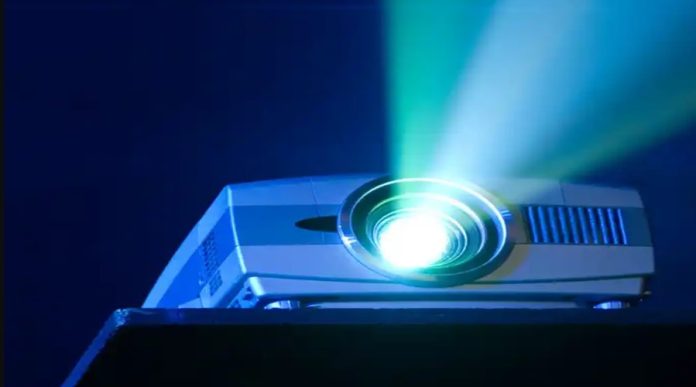Sushil Motwani, founder of Aytexcel Pvt Ltd, also evaluates the change in customer preferences that is driving the growth of the home entertainment segment

Recent news reports indicate that a few leading companies in the home entertainment industry are in discussions with major production studios to ensure 8K resolution content, which offers extremely high-definition video quality. This means that the availability of 8K content is on the verge of becoming normative. From the modern consumer looking for the best visual experience, this is an exciting prospect.
Even though the availability of 8K content is currently minimal, many projectors boosted by technologies like Artificial Intelligence (AI) can upscale 4K content. While this cannot match the true quality of the native 8K, improved versions are expected in the coming years.
In the case of 4K and beyond, devices like laser projectors are continually evolving to match user preferences. Until the COVID-19 pandemic, laser projectors were mainly used for business presentations, in the education sector and at screening centres. However, with the rise of more OTT platforms and the availability of 4K content, there has been a huge demand for home theatres, where projector screens have replaced traditional TVs.
According to Statista, the number of households in India using home entertainment systems, such as home theatres, projectors and advanced TVs, is expected to reach 26.2 million by 2028. The revenue in this segment is projected to show an annual growth rate (CAGR) of 3.70 per cent, resulting in an estimated market volume of US$0.7 billion by 2028.
So, what are the key trends driving the home projector market in India? Visual quality is definitely one of them. Modern consumers demand upgraded display technologies like the Advanced Laser Phosphor Display® (ALPD). This innovative display combines laser-excited fluorescent materials with multi-colour lasers, resulting in a smooth and vividly coloured display, superior to regular projectors.
Multifunctionality is another key requirement for gamers. When transitioning from PCs to projector-driven gaming, consumers look for a large screen size, preferably 120 inches and above, high resolution, low input lag, quick refresh rate and excellent detailing and contrast.
With the integration of AI and Machine Learning (ML) tools, manufacturers are developing projectors with more user-friendly features and automatic settings that adjust to surrounding light conditions based on the displayed content. AI also helps improve security features and facilitates personalised user modes, while predictive maintenance makes the devices more intuitive and efficient.
Projectors with a multifaceted interface are also a popular choice. Voice assistance features enable users to connect their large-screen setups with other smart devices. The user experience is enhanced by options such as Alexa or voice commands through Google Assistant using a Google Home device or an Android smartphone. Multiple connectivity options, including HDMI, USB, Bluetooth and Wi-Fi facilitate smooth handling of these devices. Consumers also prefer projectors with native app integrations, like Netflix, to avoid external setups while streaming content.
There is also a desire among users to avoid messy cables and additional devices, which not only affect the convenience of installation but also impact the aesthetics of the interiors. This is why Ultra Short Throw (UST) projectors, which can offer a big screen experience even in small spaces, are emerging as a top choice. Some of these projectors can throw a 100-inch projection with an ultra-short throw distance of just 9 inches from the wall.
And finally, nothing can deliver a true cinematic experience like a dedicated surround sound system. But customers also want to avoid the additional setup of soundbars and subwoofers for enhanced sound. Since most movies are now supported by Dolby Atmos 7.1 sound, the home theatre segment is also looking for similar sound support. Projectors integrated with Dolby Atmos sound, powered by speakers from legendary manufacturers like Bowers & Wilkins, Yamaha, or Wharfedale, are key attractions for movie lovers and gamers.
Buyers are also looking for eye-friendly projectors equipped with features like infrared body sensors and diffuse reflection. The intelligent light-dimming and eye care technologies make their viewing experience more comfortable and reduce eye strain, especially during prolonged sessions like gaming.
The growing popularity of projectors is also attributed to the increasing focus on sustainability. Laser projectors are more energy-efficient than traditional lamp-based projectors. They use almost 50 per cent less power compared to the latter, which helps in energy savings and reduces the overall environmental impact. They are also very compact and made with sustainable and recycled materials, which minimises the logistical environmental impact and carbon footprint associated with their operation.








